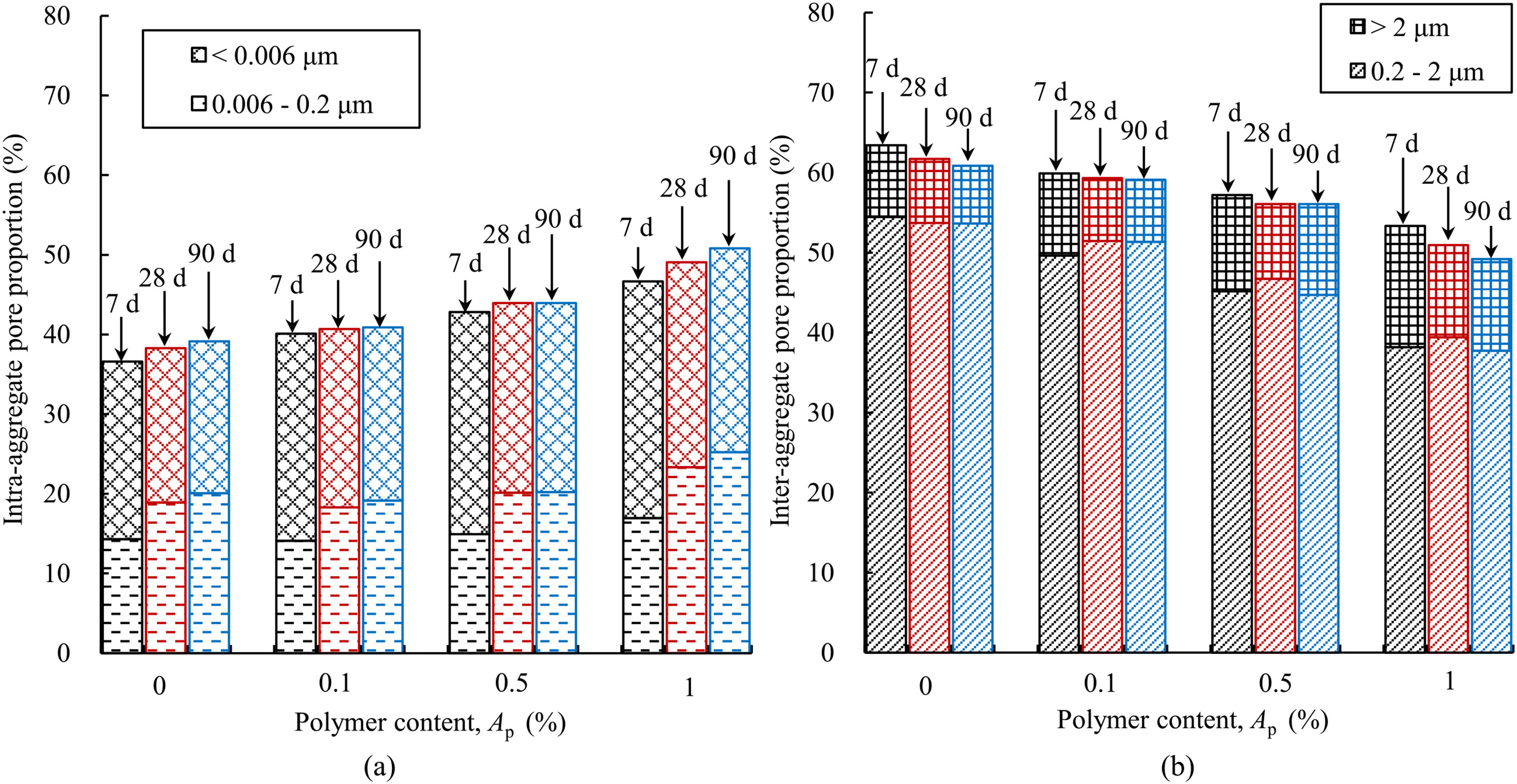JRMGE / Vol 13 / Issue 5
Fabric changes induced by super-absorbent polymer on cement–lime stabilized excavated clayey soil
Xia Bian, Lingling Zeng, Xiaozhao Li, Xiusong Shi, Shuming Zhou, Fuqing Li
Show More
a Key Laboratory of Ministry of Education for Geomechanics and Embankment Engineering, Hohai University, Nanjing, 210098, China
b College of Civil Engineering and Architecture, Zhejiang University of Technology, Hanzhou, 310014, China
c State Key Laboratory for Geomechanics and Deep Underground Engineering, School of Mechanics and Civil Engineering, China University of Mining and
Technology, Xuzhou, 221116, China
d Beijing Urban Construction Design and Development Group Co., Ltd., Beijing, 100037, China
e Seazen Holdings Co., Ltd., Shanghai, 200062, China
2021, 13(5): 1124-1135. doi:10.1016/j.jrmge.2021.03.006
Received: 2020-10-27 / Revised: 2020-12-23 / Accepted: 2021-03-07 / Available online: 2021-04-17
2021, 13(5): 1124-1135.
doi:10.1016/j.jrmge.2021.03.006
Received: 2020-10-27
Revised: 2020-12-23
Accepted: 2021-03-07
Available online: 2021-04-17
This paper studies the microstructure variation induced by super-absorbent polymer (SAP) to understand the mechanism of macroscopic strength improvement of stabilized soil. The fabric changes of cement–lime stabilized soil were analyzed with respect to the variation of SAP content, water content, lime content and curing time, using mercury intrusion porosimetry (MIP) tests. It can be observed that the delimitation pore diameter between inter- and intra-aggregate pores was 0.2 μm for the studied soil, determined through the intrusion/extrusion cycles. Experimental results showed that fabric in both inter- and intra-aggregate pores varied significantly with SAP content, lime content, water content and curing time. Two main changes in fabric due to SAP are identified as: (1) an increase in intra-aggregate pores (<0.2 μm) due to the closer soil–cement–lime cluster space at higher SAP content; and (2) a decrease in inter-aggregate pores represented by a reduction in small-pores (0.2–2 μm) due to the lower pore volume of soil mixture after water absorption by SAP, and a slight increase in large-pores (>2 μm) due to the shrinkage of SAP particle during the freeze–dry process of MIP test. Accordingly, the strength gain due to SAP for cement–lime stabilized soil was mainly due to a denser fabric with less inter-aggregate pores. The cementitious products gradually developed over time, leading to an increase in intra-aggregate pores with an increasing proportion of micro-pores (0.006–0.2 μm). Meanwhile, the inter-aggregate pores were filled by cementitious products, resulting in a decrease in total void ratio. Hence, the strength development over time is attributable to the enhancement of cementation bonding and the refinement of fabric due to the increasing cementitious compounds.
Keywords: Fabric, Soil stabilization, Microstructure, Super-absorbent polymer (SAP)
Article Data
Author(s) Information
Prof. Xia Bian
xia.bian@hhu.edu.cn

Prof. Xia Bian is currently Professor at Department of Civil and Transportation Engineering, Hohai University. He obtained his PhD degree from Southeast University, China, in 2014. His research works focus on the special soil mechanics, geoenvironmental engineering and other fields in the development of urban underground space. He has published more than 30 papers in the domestic and foreign journals, with 1 ESI paper ranking in top 0.1%.

